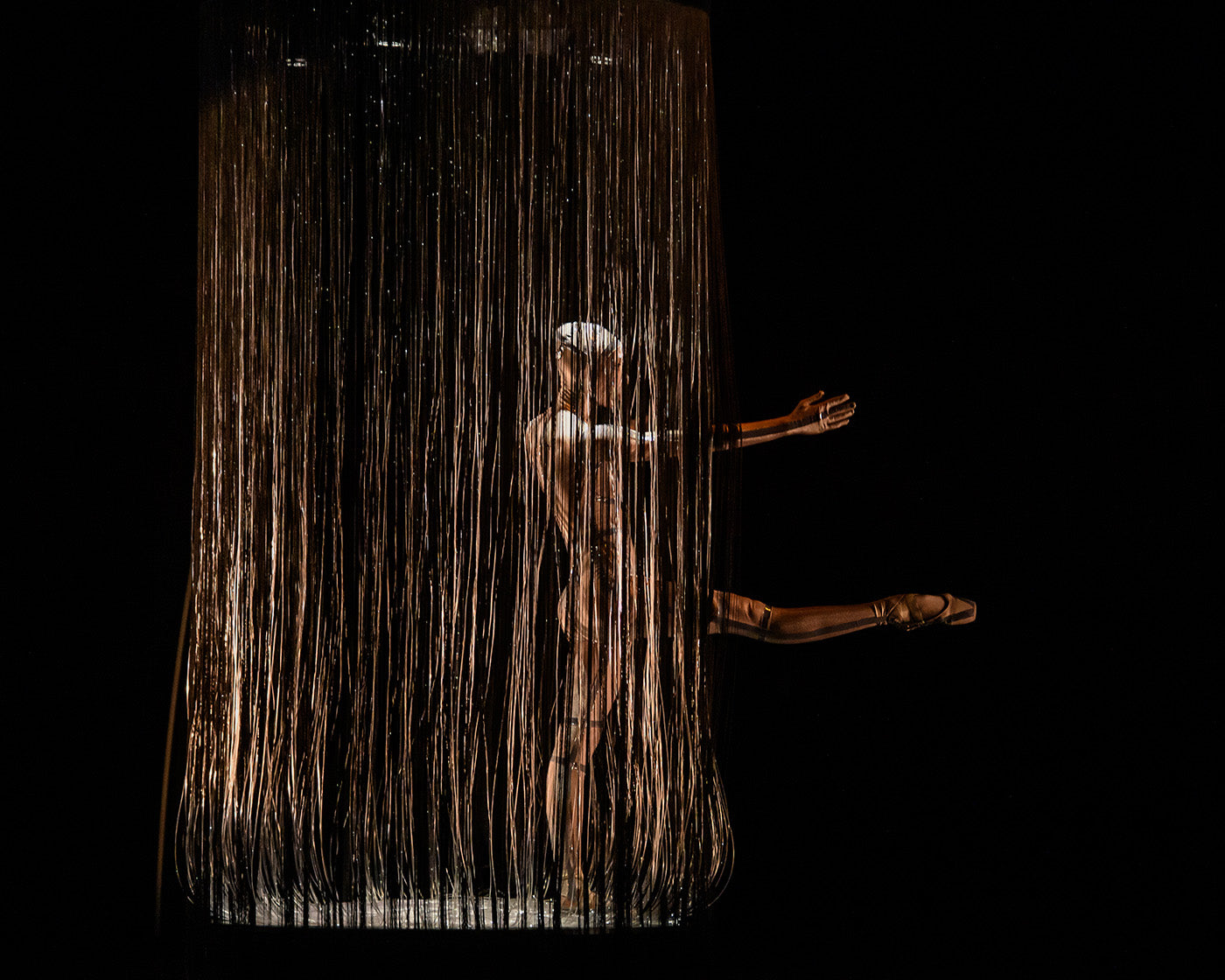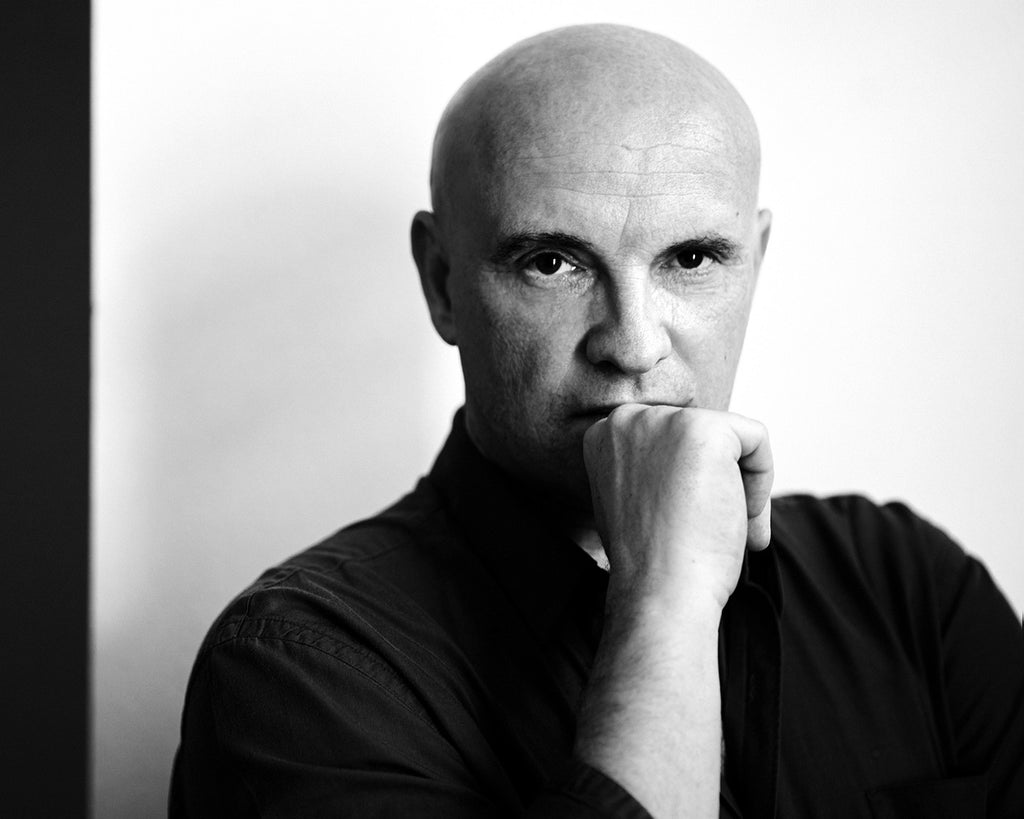You were the son of a painter and a set designer. How did that influence your decision to be a dancer and choreographer?
Since I’ve been able to think, I have been around painters, writers, opera singers, ballet dancers. My father did more than 300 costume designs for theater, opera and dance. I was pretty energetic, [and] being in this environment, I did dance. I was seven and was in the first class for boys in my town—that conditioned my whole life.
I became a choreographer, because it’s where all the art forms meet: music, stage design, light design, acting, dancing—this is the beauty of being a choreographer. I have ideas, I know what I want, but I want other brains working with me to make my life rich. Being a choreographer [means that] you share. I don’t exist without dancers. My voice has to go through them [and] it’s exactly the life I had since I was a child. That’s what I like about my job—and a company is most like a family.
Then there was Rosella Hightower. You joined her dance school when you were a teen. How much did she inform your career?
She’s a mentor for me. I’ve been raised by her artistically, because she had this amazing school at the time. She started it in the 60s, and I was there in the 70s. I had to learn Spanish dance, jazz, Graham, theater, mime, piano—even singing. Because her point of view was, “I’m not there to build dancers, I’m also here to build artists to have knowledge of everything you can propose with the body through the art form.
It was such a great inspiration. In her school there were some very competent ballet dancers. In ballet, it’s what god has given you, a great body, a specificity, which is extremely elitist, [and] true. You cannot be a classical dancer if you don’t have the physical ability. But at the same time, when a dancer came to her which couldn’t be in this aesthetic, she would say, “If you want to dance, you’ll dance.”
She’ll guide that performance according to capacity. It wasn’t which kind of dance you would do, but if you really want[ed] to do it, you can do it. You can be in love with “Swan Lake,” but also with Merce Cunningham or folklore [dance.] The spectrum is very large; there’s space for everybody. She taught me to never reject any form of dance, which I am actually myself concerned with. I think that should be taught in every school in the world.
Let’s talk about your “Coppél-i.A.”. With fabulous costumes and scenery by Aimée Moren, it’s a terpsichorean fusion of tradition and technology that not only explores the original, but also challenges the audience to rethink the way that AI shapes society today. What was the genesis of your version and why were you put off by the romanticism of the original ballet?
For me, the question arises with traditional big ballets [is that] everybody knows the story, everybody’s relating to it. If we do a new one, what’s the point of view we can have that makes it interesting? Simple: Imagine that the ballet, typical for a nineteenth-century vision of a fairy tale, at one point, [I ask] what’s the reality of an automat[on] in our days?
Every “Coppélia” I’ve seen, this lady sitting on the balcony was the most uninteresting character of the ballet. We’re able now to imagine that we will be able to build an automat[on] that will almost seem more real. It’s the same as artificial intelligence. It brings us to the possibility to even go beyond our own capacity. I realize that if today I was this crazy [Dr.] Coppélius, that’s what I would try to do.
It’s an interesting point of view in our days. It’s a very restrictive vision of this idea of building a doll that is supposed to be a kind of unsupportable idea of dominating the subject and creating a subject to your own ideal. It’s narcissistic. I realize that if it was just an automat[on], this wouldn’t be able to be answer[ed], but if it was a human being created with an automat[on], maybe he could be strong enough to destroy his creators. At the end, she’s killing the doctor to get her freedom.





comments